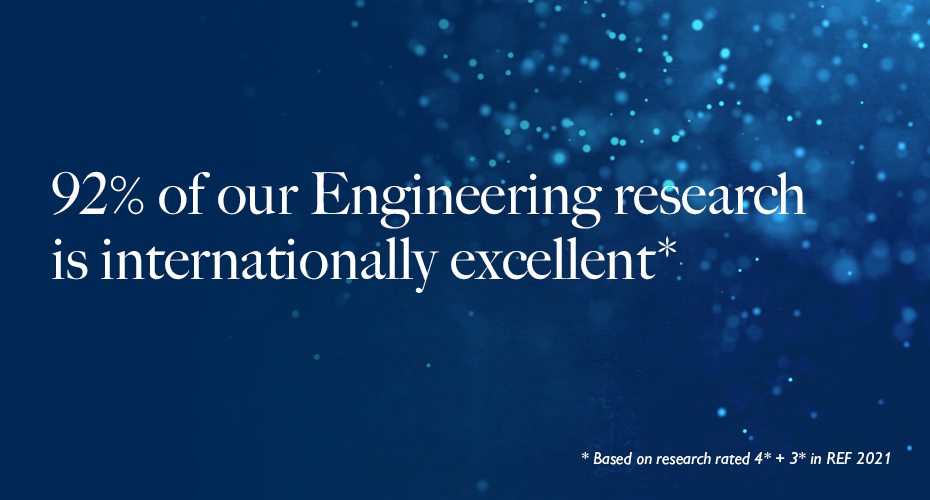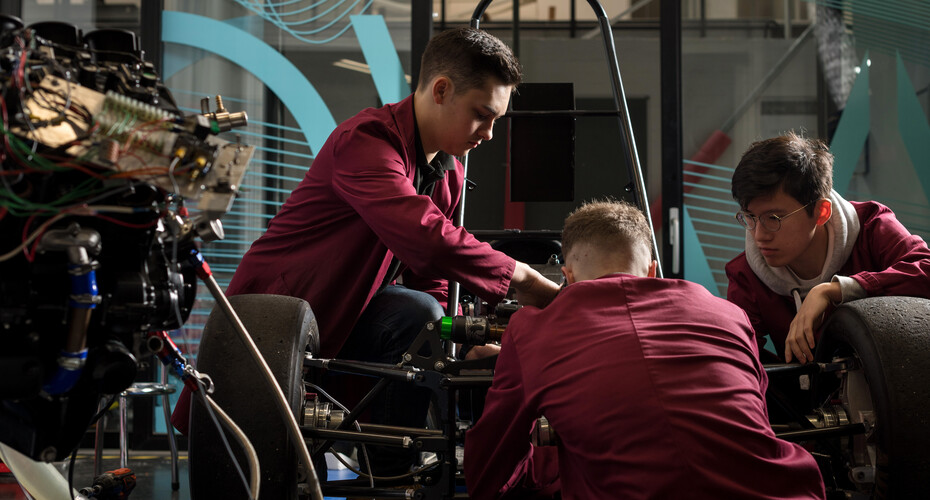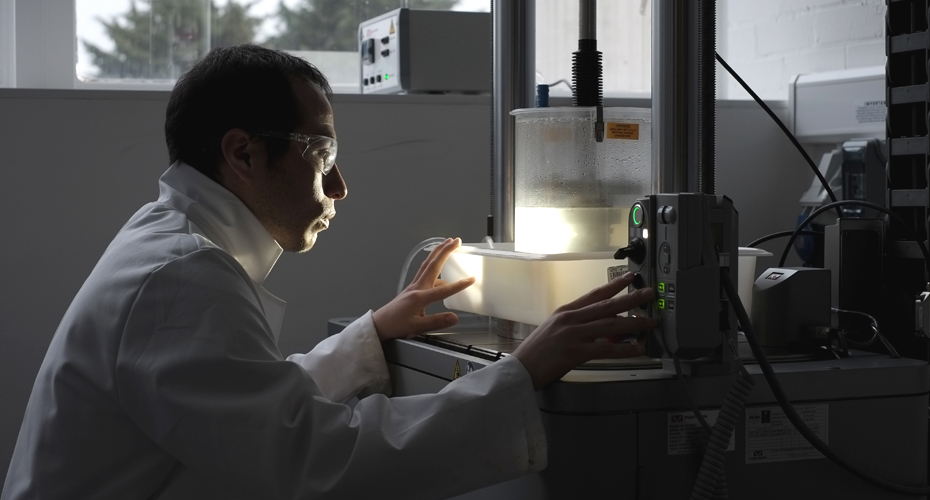Research
Engineering is the application of scientific principles, mathematical methods, and empirical evidence to design and improve structures, machines, systems, materials and processes. Engineers play a crucial role in shaping the modern world by applying their knowledge and skills to solve practical challenges and contribute to technological advancements. Our research in Exeter spans a wide range of cutting-edge topics, developing Engineering tools and techniques, and contributing to addressing key societal challenges such as decarbonisation, urban living, and medical technology.
We lead on research grants from EPSRC, InnovateUK and other national, EU and international funding agencies and work closely with UK industry on applied projects. Much of our teaching is also research-informed based on our world-leading research in key areas of engineering.
We are organised into four key research themes, each built around numerous research groups and centres responsible for driving our internationally-recognised research efforts.









